Severe Turbulence on the Rise Could Make Flying More Dangerous, Scientists Warn
...making flying less safe overall.
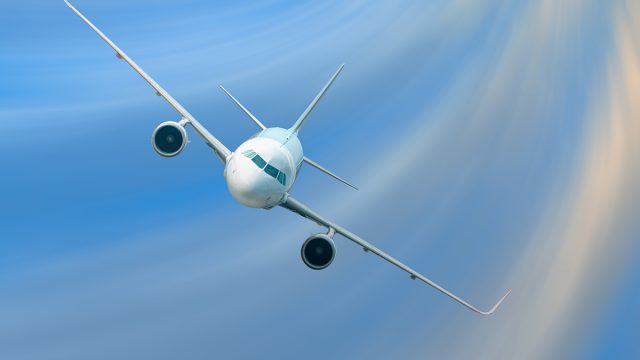
Scientists are saying that incidents of severe turbulence are becoming more common during airline flights, potentially making flying less safe overall. In a new study, British researchers from the University of Reading found that severe turbulence has increased 55% since 1979 and is likely to become even more frequent as climate change causes the planet to warm, the Daily Mail reported this week. Read on to find out why, and what your odds are of becoming injured in turbulence.
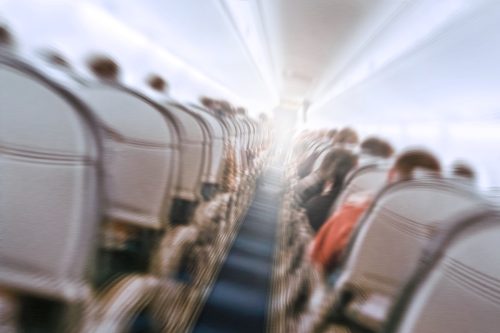
Turbulence is a disturbance of air caused by changes in wind speed or direction. Often, instruments can alert pilots to where areas of turbulence are likely—commonly over mountain ranges or near storms—allowing them to avoid those areas or alert passengers and crew in advance. But the most dangerous form of turbulence is clear-air turbulence (CAT), which is caused when bodies of air moving at different speeds meet. It is invisible. Pilots fly into clear-air turbulence literally without warning.

In late March, severe turbulence struck a TAAG Angola Airlines flight from Angola to Portugal, injuring 10 passengers and causing loose items to be flung around the cabin. Video from the flight showed trays, food, and utensils strewn around the aisles, while the plane’s walls and ceiling were stained with food and beverages. Eight people needed medical assistance. In December 2022, 25 people were injured—six of them seriously—when a Hawaiian Airlines flight unexpectedly encountered turbulence, shaking the cabin so violently that some passengers smacked into the ceiling and floor. Some flyers thought the plane was crashing. Others described it as the most severe turbulence they’d encountered on a flight. The captain of the flight told the National Transportation Safety Board that “a cloud shot up vertically (like a smoke plume) in front of the airplane in a matter of seconds, and there was not enough time to deviate.” Within one to three seconds, the aircraft experienced severe turbulence.
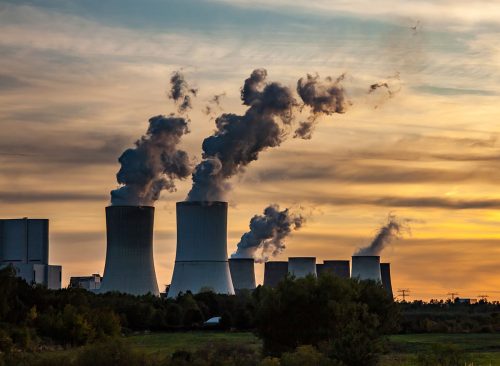
It’s believed that global warming causes disturbances to the jet stream, the thin current of fast-moving air that planes fly within to optimize their speed. Warmer air temperatures from higher carbon dioxide concentrations are driving stronger wind shear, a.k.a. vertical or horizontal changes in wind speed or direction (or both) over a short distance. “That change in shear leads to increased turbulence,” Mark Prosser of the University of Reading, one of the study’s authors, told New Scientist.
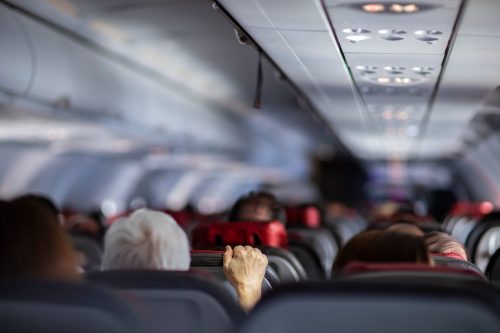
In the study, published this week in Geophysical Research Letters, the University of Reading team say incidents of turbulence are increasing. Analyzing atmospheric data between 1979 and 2020, they found moderate turbulence increased by 37% and light turbulence increased by 17%. The US and North Atlantic—which contain the vast majority of global flight routes—experienced the largest increases. Clear-air turbulence is driving the increase, they say. “Following a decade of research showing that climate change will increase clear-air turbulence in the future, we now have evidence suggesting that the increase has already begun,” said study author Paul Williams. “We should be investing in improved turbulence forecasting and detection systems, to prevent the rougher air from translating into bumpier flights in the coming decades.”
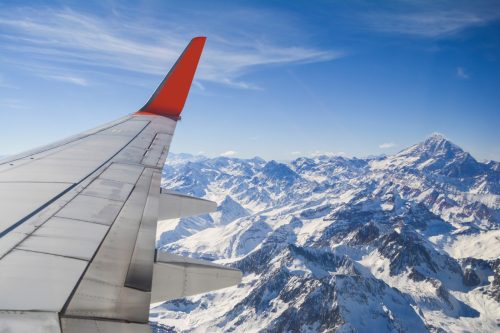
The trouble clear-air turbulence presents to scientists is all in its name. “The main problem [with CAT] is that you can’t see it,’ said Ramalingam Saravanan, a professor at Texas A&M University’s Department of Atmospheric Science who was not involved with the new study. “The best way I think pilots know about it is when some other pilot has flown through it and radios back, letting them know its location,” he said. “You can try to predict it statistically, but you can’t predict it by individual case because it is a random process, and the air looks clear and harmless—hence the name.”

The pressure for the aviation industry to find a solution is on—and it comes right from the bottom line. Tens of thousands of planes encounter severe turbulence every year. Between medical care for injuries, damages to aircraft, and flight delays, severe turbulence is estimated to cost the global airline sector up to $1 billion annually.
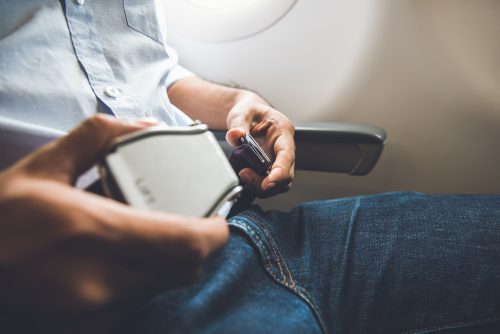
But attention, nervous passengers: Your chances of suffering a turbulence-related injury are still relatively low. According to FAA statistics, between 2009 and 2021, 146 people were seriously injured by turbulence. In 2021, domestic airlines carried 658 million passengers. Experts say the best way to protect yourself from turbulence is to wear a seat belt at all times you’re seated. “If you don’t have your seat belt on, you stay where you are as the aircraft goes down, and that’s how those injuries occur,” Hawaiian Airlines Chief Operating Officer Jon Snook told the Associated Press. Prosser told New Scientist that flyers should not be “overly concerned.” ”Fatalities on commercial aircraft from turbulence are almost unheard of,” he said.














